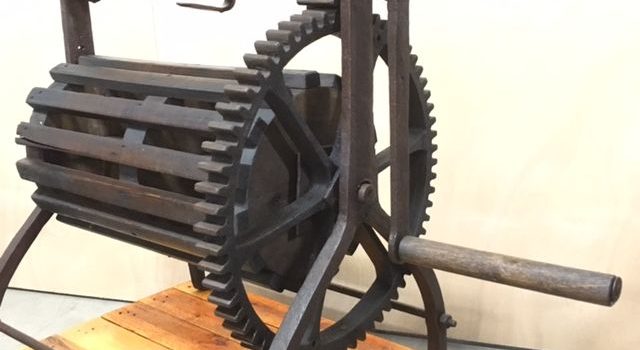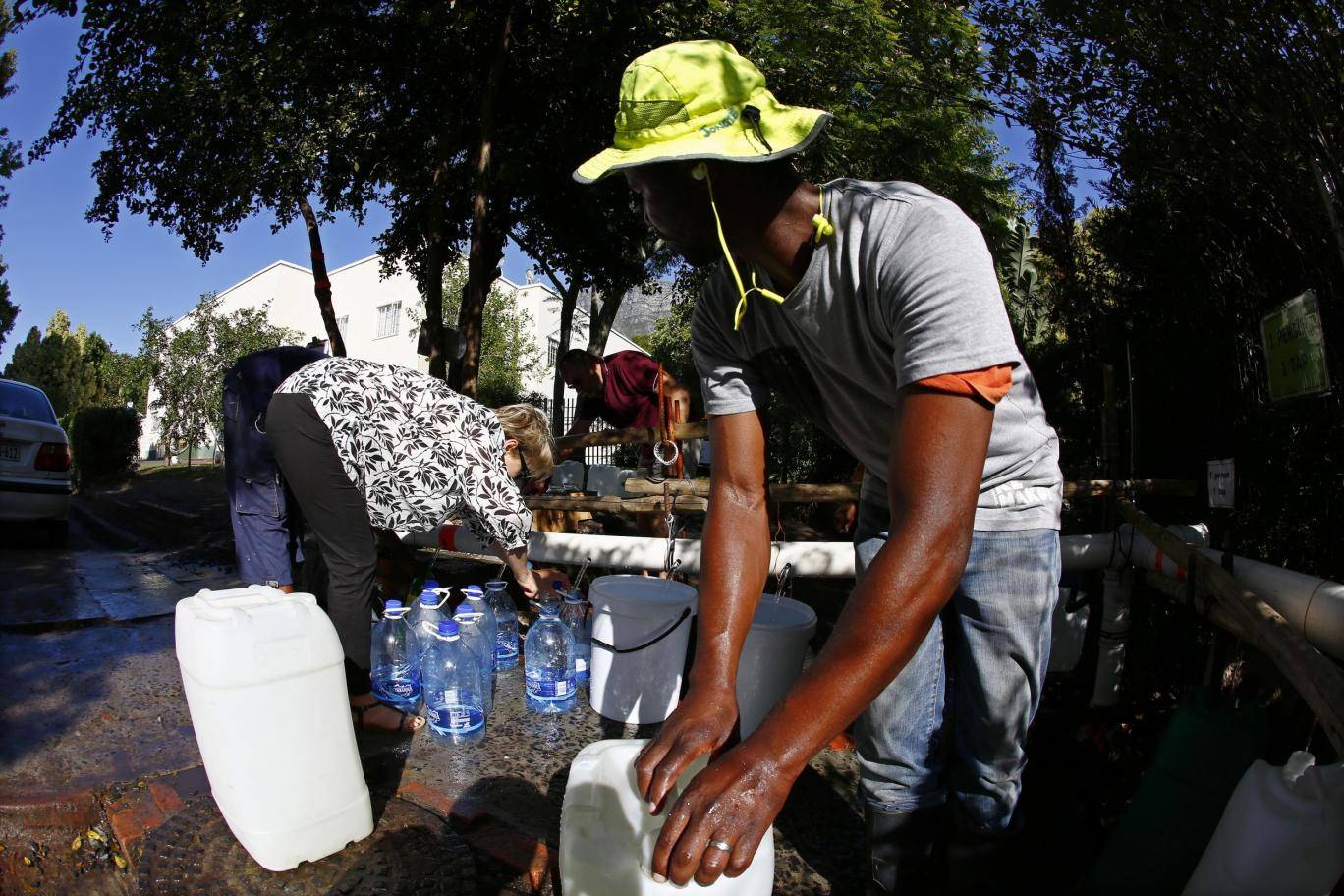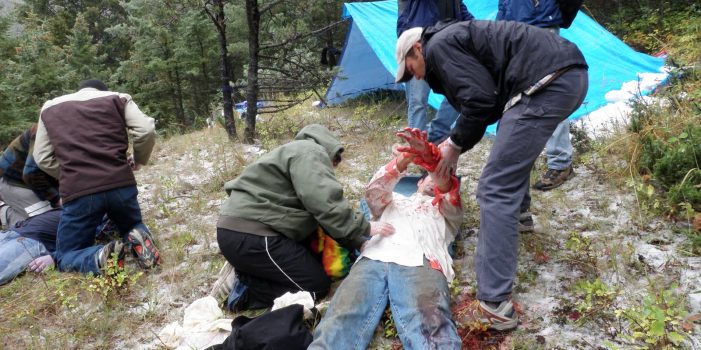SurvivalBlog presents another edition of The Survivalist’s Odds ‘n Sods— a collection of news bits and pieces that are relevant to the modern survivalist and prepper. Today’s focus is on ancient tool technologies and building technologies. But to begin, here is an update on pending gun legislation:
Congress Reeling From Trump’s About-Face on Gun Rights
Last week’s madcap unscripted biparitsan meeting on gun issues bewildered conservatives in the House and Senate. This session made Senator-For-Life Diane Feinstein gleefullly gesticulate like an old crone. Either President Trump had caved in, or perhaps he was cleverly attempting to overload the proposed omnibus legislation package with poison pills. (Some have suggested that he wanted a repeat of the doomed DACA Bill.)
Please contact your congressman, and encourage him (or her) to make “Poison Pill” amendments to any “gun control” law packages, as they make their way through congress. By adding legislation that Democrats can’t stomach, it is almost certain to cause a bill to fail, in its final vote. In particular, please ask your congressman to add four pieces of legislation: A.) A bill that would authorize all school teachers and administrators to be armed on campus, B.) The Hearing Protection Act, that would legalize un-taxed suppressors (“silencers”), C. National Reciprocity for Concealed Carry, and D.) Either a complete overturn of the Hughes Amendment or a six-month amnesty on machinegun registrations.
Please, please please contact your State and Federal legislators, frequently. Don’t give up on this legislative fight, or our rights will get trampled. Tell your representatives that they MUST oppose any new gun laws. And remember: the phrase “universal background checks” is just statist code for a “ban on private party sales.” This sort of unconstitutional law would destroy the privacy of our gun purchases, paving the way for nationwide registration. Don’t fall for it!















